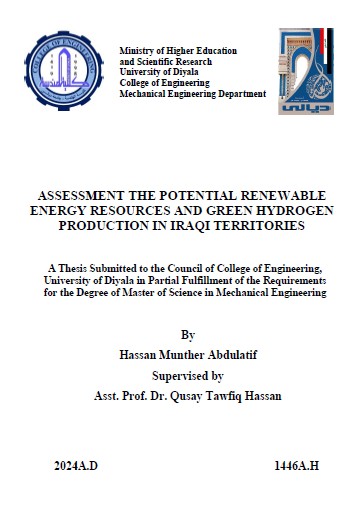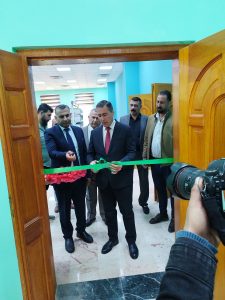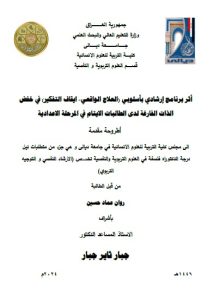The global energy consumption is increasing every day owing to the economic growth, urbanization, and population growth. The conventional power plants that work on fossil fuels cannot satisfy the world energy needs without some noticeable challenges, such as greenhouse gas emissions, acid rain, health challenges, global warming, climate change, and air pollution. As a contribution, this study investigated the technical and economic aspects of green hydrogen (H2) production from renewable resources in Iraq, implementing six distinct scenarios across 19 regions to determine the most cost-effective cost of H2 (COH) for end users, particularly in the electricity sector. The primary off-grid electricity generation scenarios included 60 MWp solar photovoltaic (PV), 30 MWp wind turbines (WT), and a combination of 45 MWp solar PV/WT to efficiently supply the required power to electrolyzers. HOMER Pro software was utilized for simulations and optimization systems aimed at achieving the lowest net present cost (NPC), levelized cost of energy (LCOE), and COH values. The system design featured two types of modern electrolyzers: a proton exchange membrane (PEM) electrolyzer and an alkaline water electrolyzer (AWE), each with a capacity of 17.5 MWp. Simulations used weather data from 2022 and were conducted with hourly accuracy over a hypothetical 20-year period (2022-2042). Results showed significant regional disparities in H2 production, emphasizing the importance of strategic site selection. Wasit, Anbar, and Basra exhibited the highest annual H2 production. Wasit produced 1,383,828 kg/year in Scenario V, Anbar 1,197,245 kg/year in Scenario I, and Basra 1,156,332 kg/year in Scenario III, making them prime locations for green H2 power plants. Anbar City stood out with the lowest COH in Scenario II at $1.98/kg and Scenario I at $2.72/kg. Wasit also demonstrated competitive COH values with $3.71/kg in Scenario VI and $4.24/kg in Scenario V. At the same time, Basra showed a COH of $6.74/kg in Scenario IV and $7.19/kg in Scenario III. Conversely, regions such as Erbil and Duhok faced higher H2 production costs, with Erbil the COH reaching $37.43/kg and Duhok the COH at $35.54/kg in Scenario III. Highlighting the necessity of tailoring H2 production methodologies to each location specific climatic attributes.





